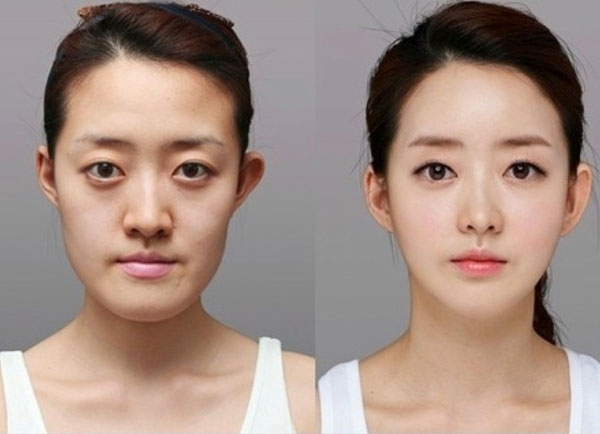
Forehead Surgery
As we age, lines and wrinkles naturally form on the forehead due to constant muscle movement, making us look older than we would like.
Additionally, those horizontal lines across the forehead, or little vertical lines between the brows, can cause us to look angry, stressed, or simply unpleasant and unapproachable. Fortunately, with the help of a talented plastic surgeon who performs brow lift surgery, you can achieve a fresh-faced, smooth, youthful appearance. By eliminating the wrinkles or deep grooves on the forehead, and repositioning the brow line to its ideal position, you can easily take years off of your face. There are various types of brow lift surgeries to cater to individual needs, all of which offer natural-looking, beautiful results. If you are interested in brow lift surgery, we urge you to continue reading, so you are well-informed of all of the pertinent details before deciding whether the treatment is right for you.
Procedure
The brow lift surgery procedure should only be performed by an experienced, skilled plastic surgeon. You will either undergo a traditional brow lift or endoscopic brow lift, which is less invasive, depending on your specific situation. The procedures generally last from one to two hours total.
Traditional brow lift surgery:
- A general anesthesia is administered so patients are completely unconscious during the procedure.
- An incision will be made across the forehead below the hairline.
- The skin will be lifted so wrinkles are smoothed and the brows repositioned.
- Any excess skin is removed.
- The incision is sealed with sutures.
Endoscopic brow lift surgery:
- A general anesthesia is administered so patients are unconscious throughout the procedure.
- Several small incisions are made along the scalp.
- An endoscope is inserted through the incisions, which allows the surgeon to see the treatment area on a television screen.
- Using another instrument the forehead skin is lifted, the brows are repositioned, and muscle tissue causing lines is removed.
- Excess skin is removed and the incisions are sutured closed.
Bandages can be removed after a day or two, and stitches can be removed after approximately two weeks. Recovery time varies for each patient; however, you should be able to resume normal activities after several weeks. Once completely healed, results will be beautiful, noticeable, and natural looking.